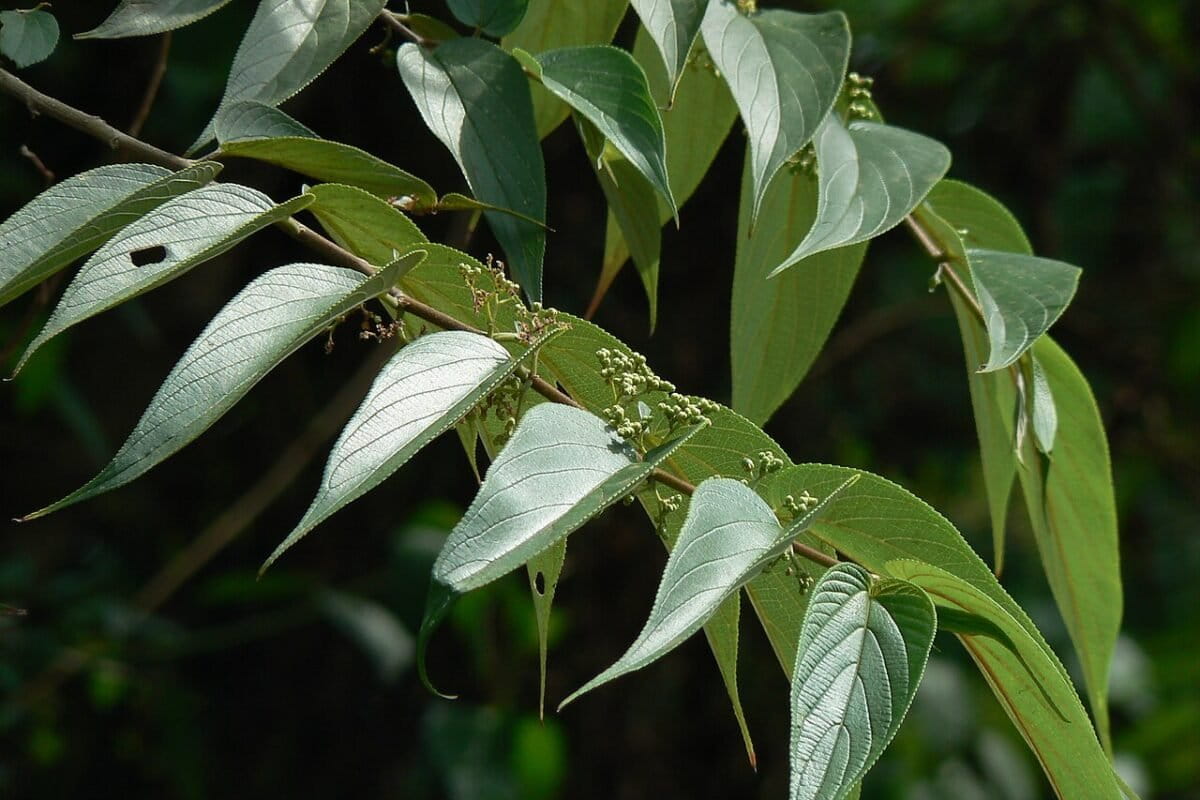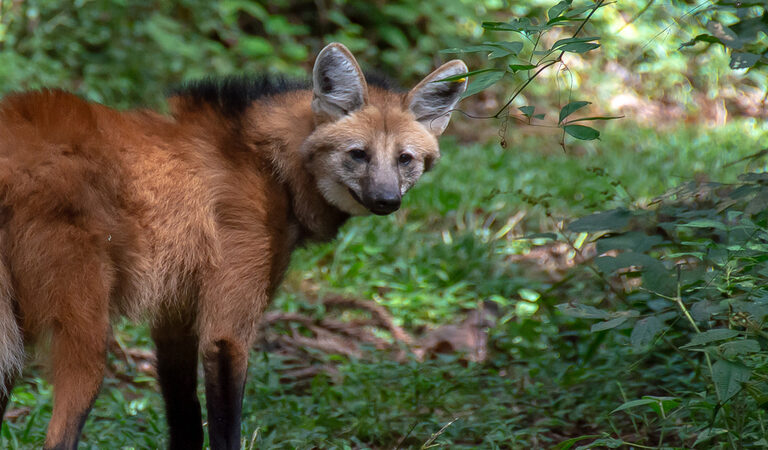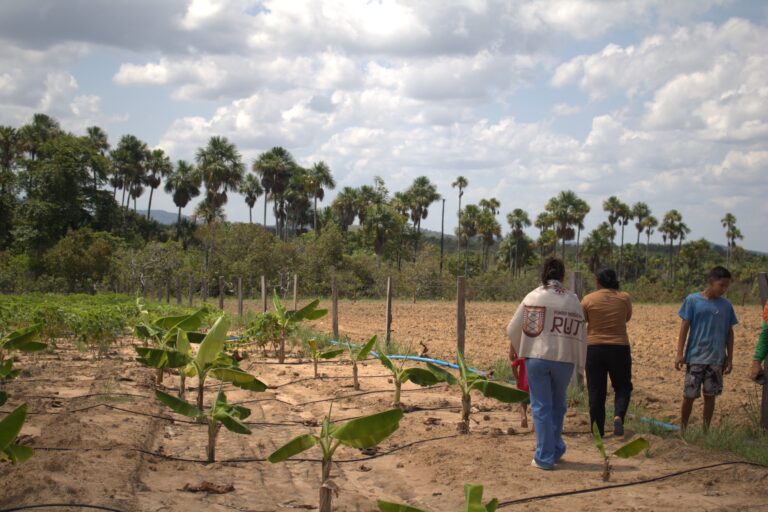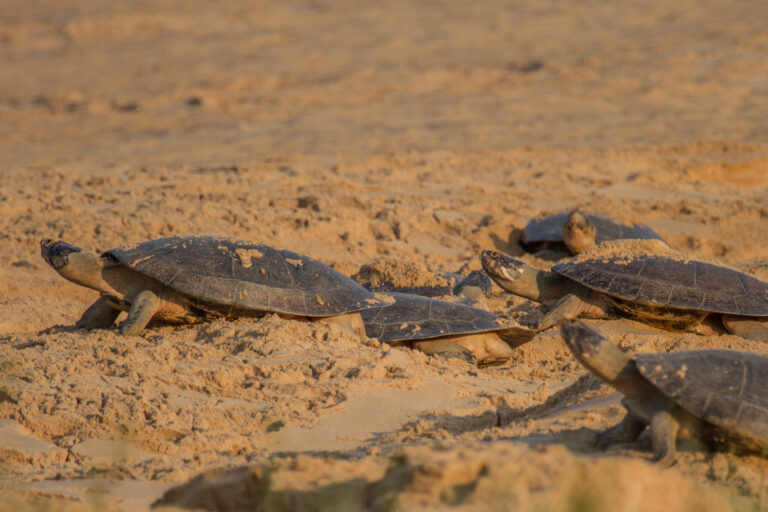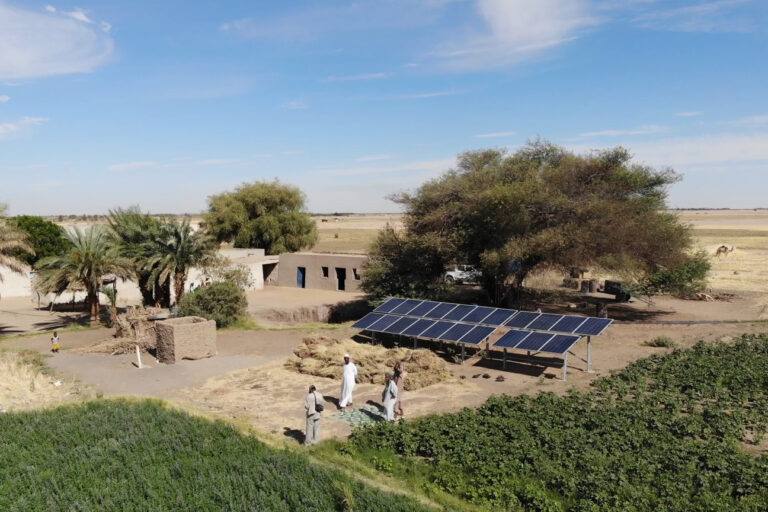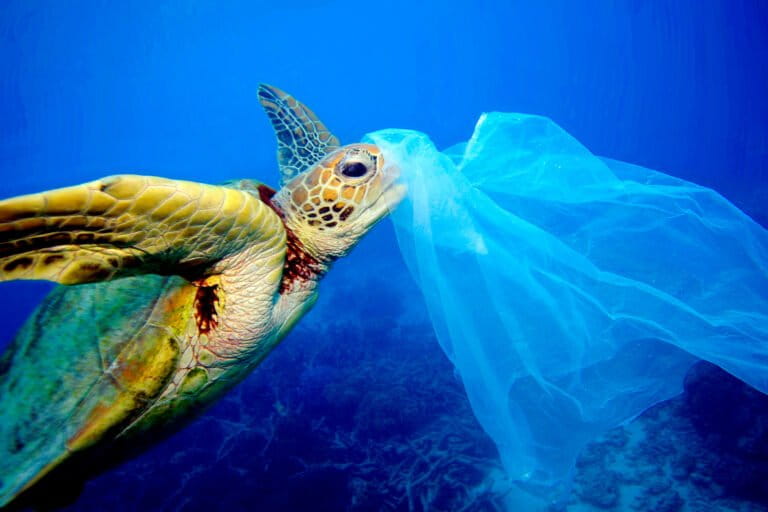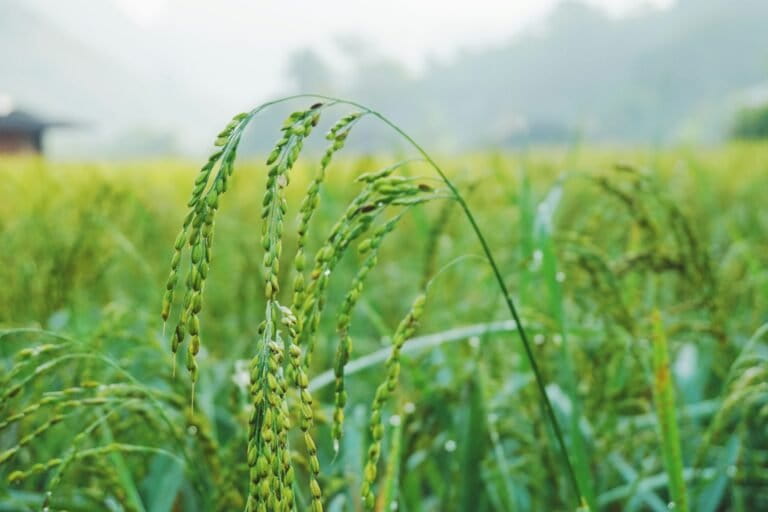- The IUCN Red List of Threatened Species guides conservationists in their race against extinction by assessing the threats faced by species around the globe. Over 86,000 have been assessed so far.
- A recent Biological Conservation study suggested that using citizen science data in Red List assessments could help estimate the range bird species inhabit more accurately. When it comes to the importance of citizen science, IUCN couldn’t be more in agreement with the authors of the study.
- But just as it is important to embrace cutting-edge technologies, it is also fundamental to respect the rigorous system for assessing extinction risk for the Red List. Ramesh et al. made a fundamental error by confusing two definitions normally used in assessments.
- This post is a commentary. The views expressed are those of the author, not necessarily Mongabay.
The IUCN Red List of Threatened Species guides conservationists in their race against extinction by assessing the threats faced by species around the globe. Over 86,000 have been assessed so far. The way we assess extinction threat evolves as new techniques emerge, giving ever more accurate data. But as the IUCN Red List changes it is crucial to respect the rigorous assessment process, developed over half a century, that makes the Red List a reliable and consistent barometer of life on earth.
A recent Biological Conservation study suggested that using citizen science data in Red List assessments could help estimate the range bird species inhabit more accurately. The study, Ramesh et al. (2017), used the citizen science database eBird to recalculate the ranges of 18 birds found in the Western Ghats mountain range in India, a biodiversity hotspot. According to the authors, the recalculated range areas were much smaller than those used in Red List assessments for those species. They suggested that the Red List ranges were inaccurate, and that consequently threats may be underestimated for 10 of the 18 species it looked at. The study recommended using citizen science to give more accurate range data.
When it comes to the importance of citizen science, IUCN couldn’t be more in agreement with the authors of the study. The IUCN Red List bird assessments already use data from citizen science repositories, including eBird, BirdTrack, and xeno-canto, to map species distributions as accurately as possible. We will continue to capitalise on the wealth of data generated by citizen science, and welcome the study authors’ conclusion that greater use of data-driven approaches can improve accuracy.
But just as it is important to embrace cutting-edge technologies, it is also fundamental to respect the rigorous system for assessing extinction risk for the Red List. Ramesh et al. made a fundamental error by confusing two definitions normally used in assessments. They measured the area of suitable habitat for a selection of species, but instead of using this to assess the area each species occupies (or “area of occupancy”), they equated it with the degree to which the species’ distribution spreads extinction risk (“extent of occurrence”). Comparing their figures with the “extent of occurrence” thresholds, which are an order of magnitude larger, inevitably — and incorrectly — implies a higher level of threat for many of the bird species.
Take, for example, the black-and-orange flycatcher (Ficedula nigrorufa), a small bird that inhabits the high plateaus of India’s Western Ghats mountains. It faces threats from people harvesting wood, building roads, and constructing hydroelectric power stations in the forests it inhabits. The flycatcher is classified as Near Threatened because it has an extent of occurrence that closely approaches the thresholds for Vulnerable and there is a continuing decline in habitat.
Ramesh et al. argue this species should be moved to Vulnerable on the Red List, because they calculate the area of suitable habitat to cover 9,300 square kilometers (or close to 3,600 square miles). However, the extent of suitable habitat represents the maximum possible area actually occupied by the species – or maximum “area of occupancy.” To be considered for listing as Vulnerable, the area of occupancy must be below 2,000 km2 (about 772 square miles). This means the black-and-orange flycatcher does not qualify as Vulnerable on this basis even before other factors are taken into account. The mistake made by Ramesh et al. was to compare their figure against the much larger threshold for the “extent of occurrence” — 20,000 km2 (a little over 7,700 square miles). Extent of occurrence is a very different metric — relating to the spread of extinction risk. To ensure consistency between assessments, the IUCN Red List Guidelines are clear that it has to be measured in a very specific way — as the ‘minimum convex polygon’ around the range margins.
If we compare the areas from the study with the correct threshold, just two of the 18 birds the authors looked at may potentially qualify for a higher risk status. However, to qualify under the relevant Red List criterion, other factors also have to meet particular thresholds, including degree of habitat fragmentation and declines in habitat quality among others. More detailed assessment on a case by case basis will now be undertaken for these species.
It is crucially important to continue improving the accuracy of data — and IUCN is doing just that. One example of the Red List embracing new monitoring techniques is the recent drive to incorporate high-resolution, remotely sensed data on tree-cover loss into assessments. A 2016 paper, Tracewski et al. (2016), uses these high-precision data to calculate the extent of suitable habitat for over 11,000 species — all forest-dependent birds, mammals and amphibians worldwide. It then compares these against the correct Red List threshold, and identifies a range of candidates for potential listing at higher threat categories after case by case assessment.
The results of the Tracewski et al. study are now feeding into updates of the IUCN Red List for birds, mammals, and amphibians, to be published in the next few years. The study authors collaborated with engineers at Google’s Earth Engine to create the code behind their analysis. Efforts are now underway to automatically feed such analyses into Red List updates through a formal partnership between Global Forest Watch, which uses satellite imagery to annually update deforestation data, and IUCN, BirdLife International, and other Red List partners. Similar approaches are underway with the European Commission’s Joint Research Centre for remote sensing of wetlands. IUCN also recently called for more investment in on-the-ground monitoring of biodiversity, including ‘citizen science’ projects such as eBird.
Ramesh et al. conclude that even if they have been over-conservative in assessing extinction risk, it is better to give certain bird species too much protection rather than too little. This argument might hold in a perfect world with unlimited resources for conservation. Unfortunately, as things stand, conservation resources are spread far too thinly across a vast number of highly threatened species. This means that, if we exaggerated the threats to some species through a conservative approach, we potentially divert resources from species that are genuinely more threatened. An over-conservative approach could also seriously undermine the credibility of conservation efforts.
To avoid bias, it is essential that all species across all groups are assessed in a consistent and rigorous way on the IUCN Red List, in order to make sure that scarce resources are allocated as efficiently as possible. Faced with a rising wave of extinctions, an approach that is both innovative and rigorous is now more important than ever.

FEEDBACK: Use this form to send a message to the author of this post. If you want to post a public comment, you can do that at the bottom of the page.




